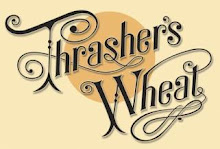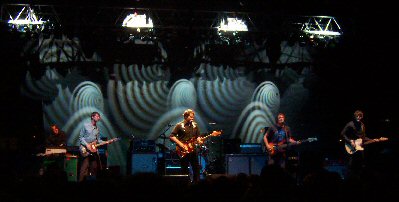4 Dead In Ohio: May 4, 1970

"It's still hard to believe I had to write this song. It's ironic that I capitalized on the death of these American students. Probably the most important lesson ever learned at an American place of learning. David Crosby cried after this take."
Liner notes of Neil Young's Decade album
Pulitzer Prize photo by John Filo
37 years ago, on the campus of Kent State University in Ohio, a series of events took place which still resonate to this day.
From the website of Alan Canfora, a Kent State eyewitness and victim, a summary of the events between May 1 through May 4, 1970.
MONDAY, MAY 4, 1970
At 11 a.m., about 200 students gathered on the Commons. Earlier that morning, state and local officials had met in Kent. Some officials had assumed that Gov. Rhodes had declared Martial Law to be in effect--but he had not. In fact, martial law was not officially declared until May 5. Nevertheless, the National Guard resolved to disperse any assembly.
As noon approached, the size of the crowd increased to 1,500. Some were merely spectators, while others had gathered specifically to protest the invasion of Cambodia and the continued presence of the National Guard on the campus. Upon orders of Ohio's Assistant Adjutant General Robert Canterbury, an army jeep was driven in front of the assembled students. The students were told by means of a bullhorn to disperse immediately. Students responded with jeers and chants.
When the students refused to disperse, Gen. Canterbury ordered the guardsmen to disperse them. Approximately 116 men, equipped with loaded M-1 rifles and tear gas, formed a skirmish line towards the students. Aware of bayonet injuries of the previous evening, students immediately ran away from the attacking National Guardsmen. Retreating up Blanket Hill, some students lobbed tear gas canisters back at the advancing troops, and one straggler was attacked with clubs.
The Guard, after clearing the Commons, marched over the crest of the hill, firing tear gas and scattering the students into a wider area. The Guard then continued marching down the hill and onto a practice football field. For approximately 10 minutes, the guard stayed in this position. During this time, tear gas canisters were thrown back and forth from the Guard's position to a small group of students in the Prentice Hall parking lot, about 100 yards away. Some students responded to the guardsmen's attack by throwing stones. Guardsmen also threw stones at the students. But because of the distance, most stones from both parties fell far short of their targets. The vast majority of students, however, were spectators on the veranda of Taylor Hall.
While on the practice field, several members of Troop G, which would within minutes fire the fatal volley, knelt and aimed their weapons at the students in the parking lot. Gen. Canterbury concluded that the crowd had been dispersed and ordered the Guard to march back to the commons area. Some members of Troop G then huddled briefly.
After reassembling on the field, the Guardsmen seemed to begin to retreat as they marched back up the hill, retracing their previous steps. Members of Troop G, while advancing up the hill, continued to glance back to the parking lot, where the most militant and vocal students were located. The students assumed the confrontation was over. Many students began to walk to their next classes.
As the guard reached the crest of the Blanket Hill, near the Pagoda of Taylor Hall, about a dozen members of Troop G simultaneously turned around 180 degrees, aimed and fired their weapons into the crowd in the Prentice Hall parking lot. The 1975 civil trials proved that there was a verbal command to fire.
A total of 67 shots were fired in 13 seconds. Four students: Allison Krause, Jeffrey Miller, Sandra Scheuer and William Schroeder were killed. Nine students were wounded: Joseph Lewis, John Cleary, Thomas Grace, Robbie Stamps, Donald Scott MacKenzie, Alan Canfora, Douglas Wrentmore, James Russell and Dean Kahler. Of the wounded, one was permanently paralyzed, and several were seriously maimed. All were full-time students.




The Four Dead in Ohio
Allison Krause - Age: 19, 110 Yards
William Schroeder - Age: 19, 130 Yards
Jeffrey Miller - Age: 20, 90 Yards
Sandra Scheuer - Age: 20, 130 Yards
Also, see Neil Young's song "Ohio" Lyric Analysis.





































 Concert Review of the Moment
Concert Review of the Moment







![[EFC Blue Ribbon - Free Speech Online]](http://www.thrasherswheat.org/gifs/free-speech.gif)











 Submit Your Neil Links Now!
Submit Your Neil Links Now!






































